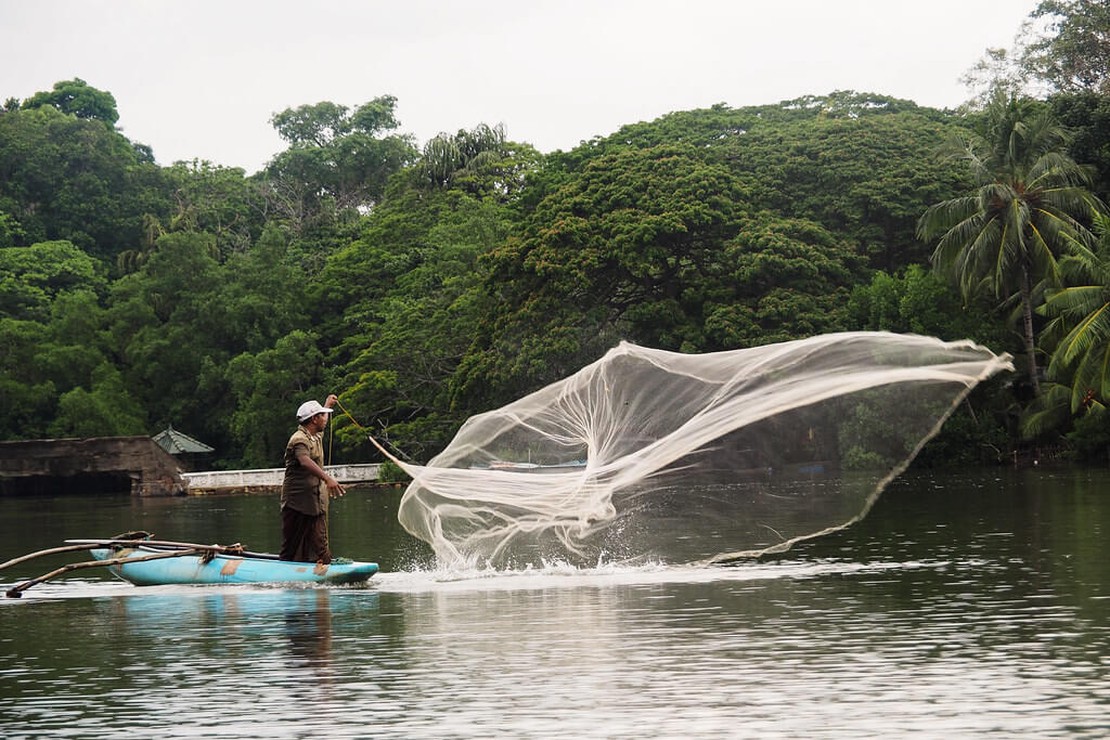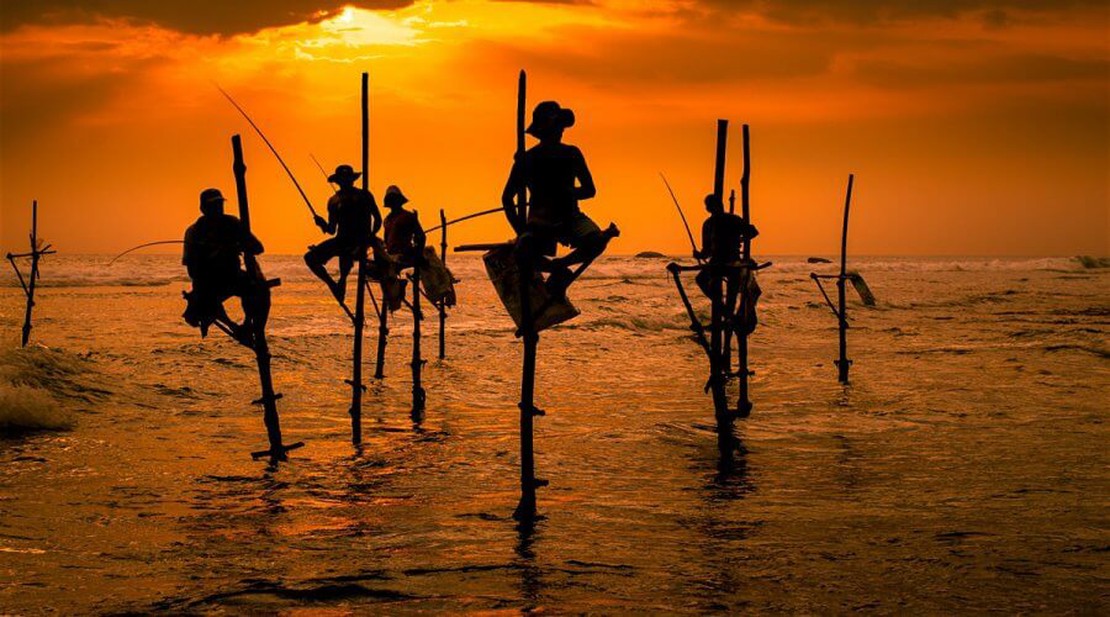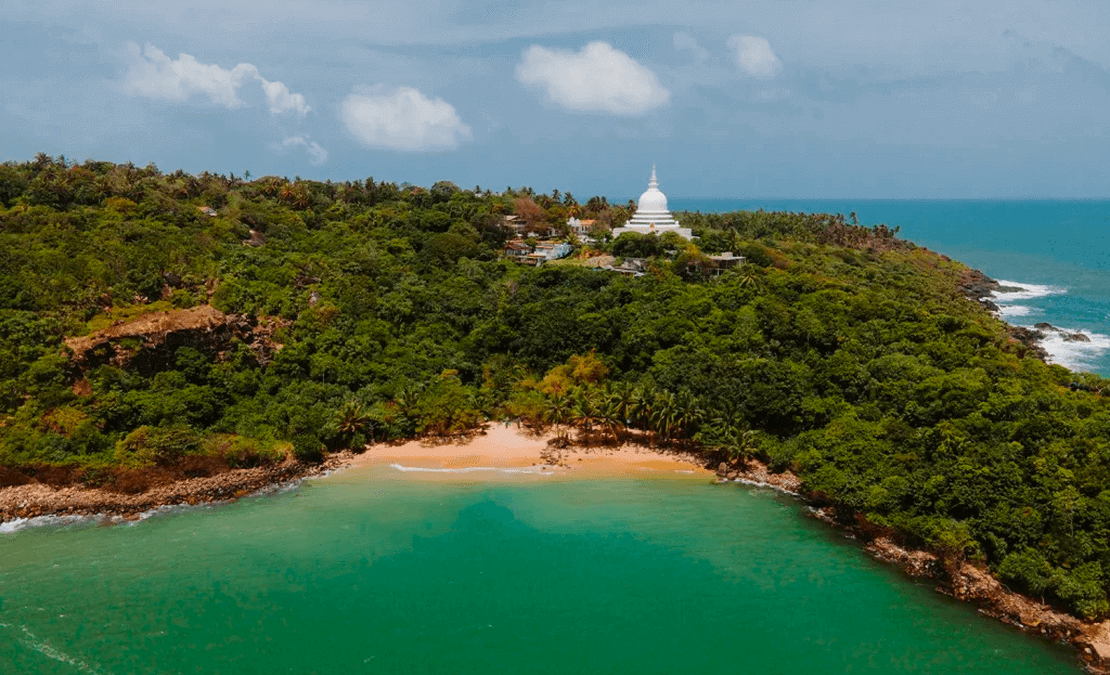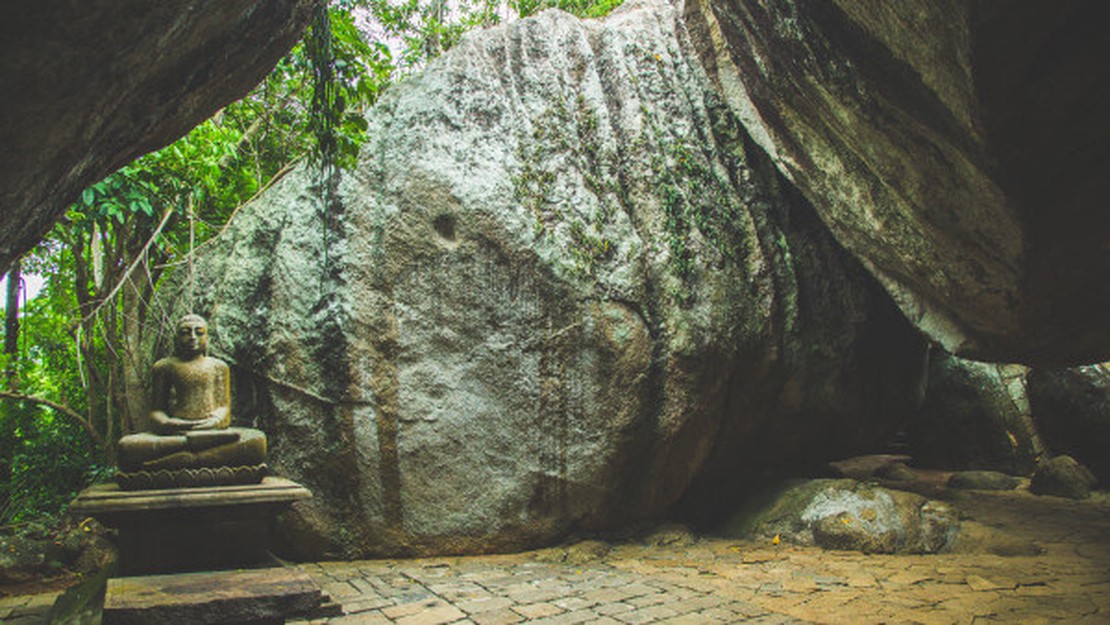
Koggala Lake – A Place Rooted in Heritage and History
- Admin
- Outdoor activities , History and culture
- September 20, 2023
Located in the South Coast of Sri Lanka, Koggala is a small coastal town which is home to one of the longest beaches of Sri Lanka and is widely known to be a tourist attraction yet remains to be relatively uncluttered and unexplored. However, in the recent years, due to the popularity of Koggala as a historically important landscape in Sri Lanka, its popularity has risen and given way to the area being actively sought out by foreign and local tourists alike. One such place that has historical and cultural significance is the titular Koggala Lake.
The Koggala Lake is one of the two boundaries that border the small coastal town of Koggala, the other being the reefs. The lake itself is fed by the numerous tributaries of the Koggala Oya and houses a number of islands scattered throughout the serene waters of the lake out of which the Temple Island, Madol Doova, Bird Island and the Cinnamon Island are the most famous. The area and especially the Madol Doova Island is specifically famous because of the historical/cultural significance that has been brought upon by the literary works of Martin Wickramasinghe. You can have a glimpse into the cultural imprint he has left in the area and on the nation as a whole if you take your time to take a look at the Martin Wickramasinghe Folk museum (which is located in the same area).
Other things to do:
The cultural significance is not the only thing that’s worth exploring in the Koggala Lake area, however (unless that’s all you care about). The islands that sit in the Koggala Lake themselves are home to a number of species of birds such as hawks, herons, egrets etc. and if you are enthusiastic about bird watching, this is the place for you.
Boat services are provided by locals in the area and the rides themselves typically take about 1-2 hours to complete. And during the tour you will get to visit the islands and also encounter the afore-mentioned tropical flora and fauna.
And if you are looking for things to do after visiting Koggala Lake, try visiting the Turtle Hatchery in Habaraduwa or if your lake tour ends in the late afternoon, you can go watch the Stilt Fishermen in Koggala (insert hyperlink) and witness an iconic, breathtaking view that will stay with you forever.
When to visit:
The temperature levels in and around the Koggala area varies only mildly throughout the year, if at all. The area is a lot less temperate than most areas of Sri Lanka even though temperatures feel warm all year with a chance of rain throughout most of the year and is ranked in the fourth percentile of pleasant weather. The warmest time to visit would be the months of May, April, and March (if ranked according to pleasantness of weather conditions).
How do I get there?
If you find yourself in Galle, you can hop on any bus that goes towards Matara, Kataragama, Habaraduwa or Tangalle. You can ask the conductor to drop you off at Koggala and it is super easy to find out because of the famous landmarks such as the Koggala airport on the left side of the road.
Once you are in Koggala, you can ask the locals for directions or pay attention to the numerous sign boards that point towards Madol Doova.
What to wear and carry:
It is advisable that you wear shorts and light clothes since you might have to wade through shallow waters at some points, but it depends on whether you actually want to or not. We also advice that you carry headgear and caps since the area is in fact warm and sunny so you might want to look out for that. In addition to that, it is better that you carry enough fresh water with you since exploring the islands in Koggala Lake would be a tiring exercise for most, especially because of the warm sunlight of Koggala.
Accessibility:
The best way to access Koggala Lake would be to arrive in Koggala along A2r road and ask the locals for directions to which they will gladly oblige. If you don’t like to do that you can always pay attention to the sign boards and find your way to the lake. The most visible sign boards will point to Madol Doowa announcing/promoting boat services to the aforementioned island and if you follow these sign boards you are sure to find the Koggala Lake.
Where to wine and dine:
The food culture of Koggala is vibrant. You get seafood, the village food from inland and International cuisine from the myriad of beach restaurants that serve tourists.


